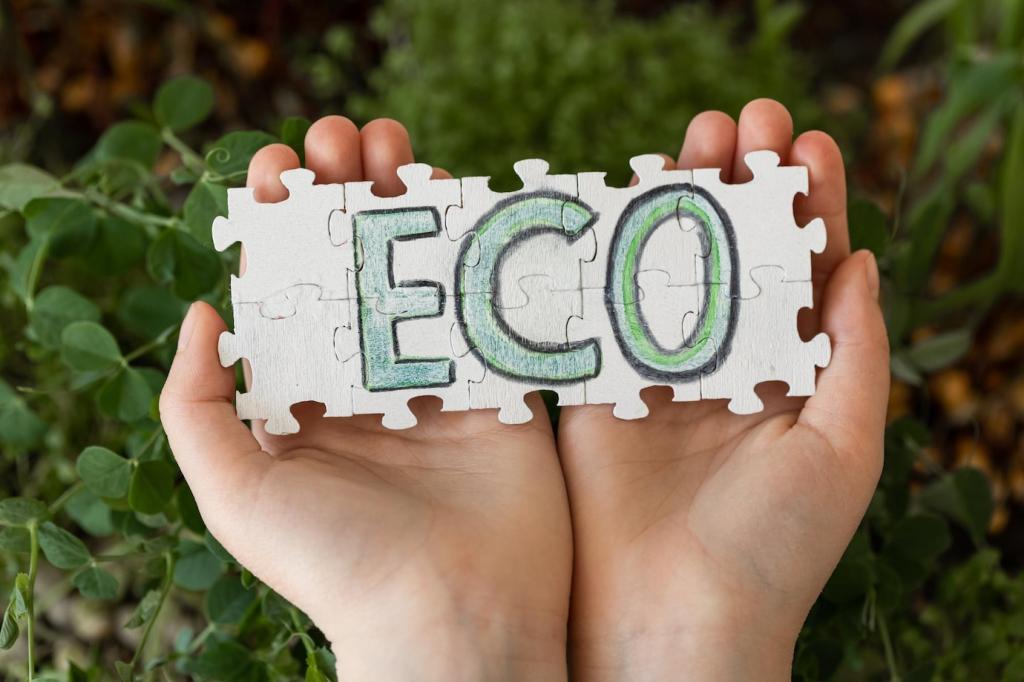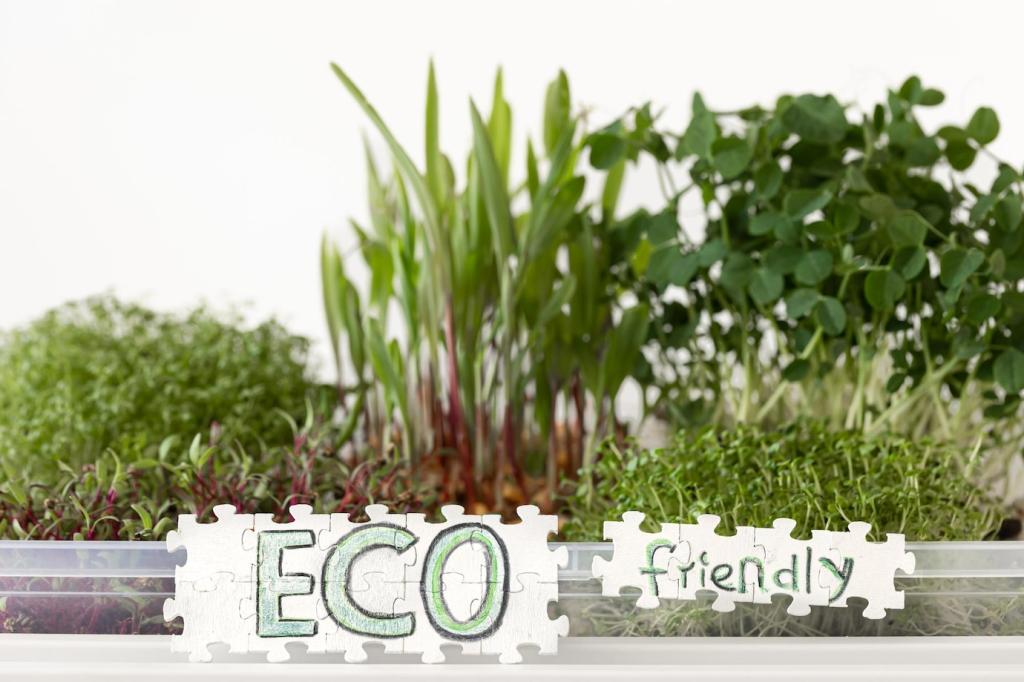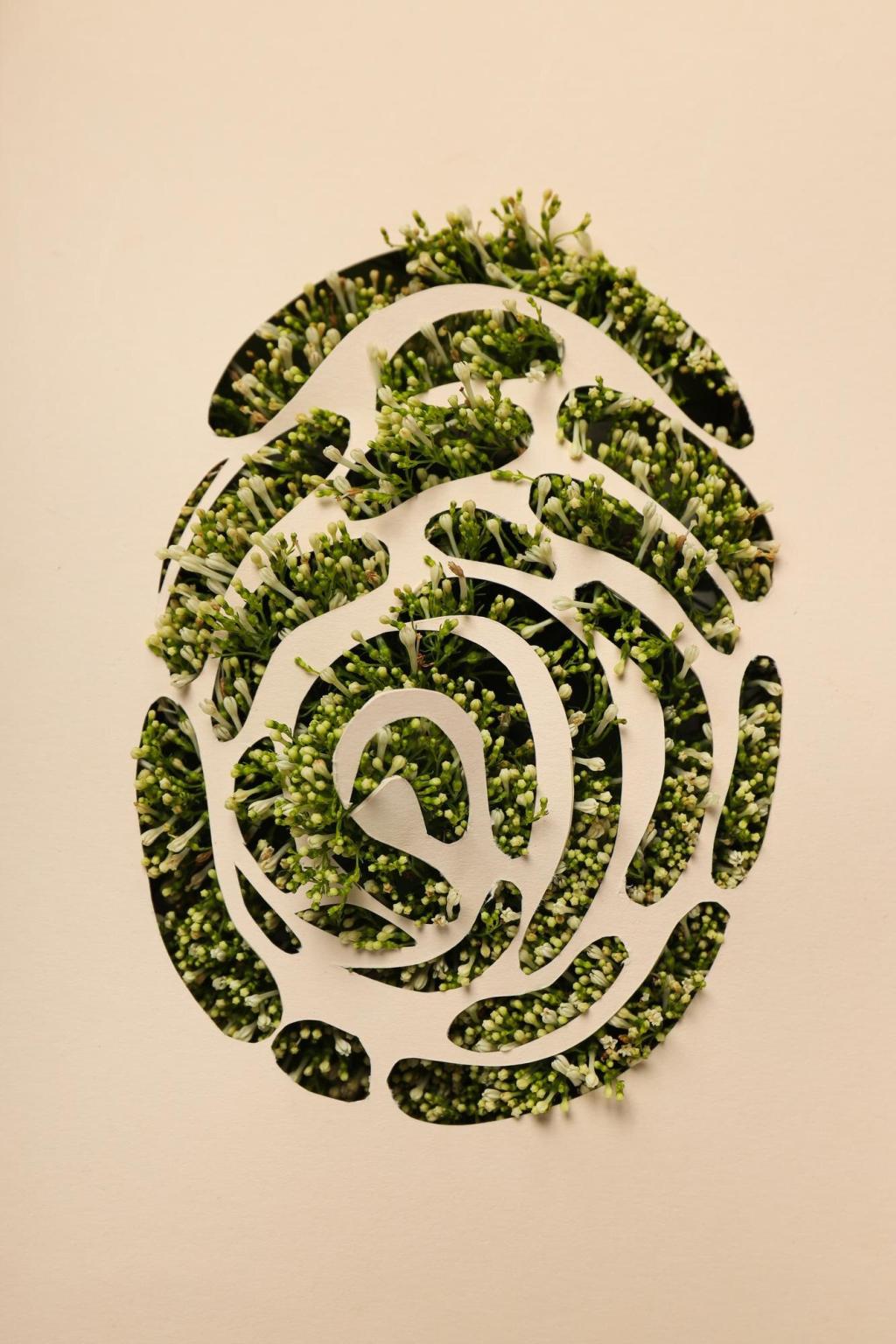Designing with Purpose: Low-Impact Metal Alloys for Furniture
Today’s chosen theme: Low-Impact Metal Alloys for Furniture. Explore how smart metal choices reduce environmental footprint, elevate performance, and bring enduring beauty to everyday pieces. Join us to learn, question, and co-create the future of responsible furniture design.

What Makes a Metal Alloy Low-Impact?
Low-impact alloys combine reduced embodied carbon, high recycled content, long service life, and end-of-life recyclability. They balance strength-to-weight ratios with responsible sourcing, allowing designers to meet performance requirements while cutting waste, energy use, and emissions across the product lifecycle.


What Makes a Metal Alloy Low-Impact?
Common options include recycled aluminum (notably 6063 and 6061 for extrusions), low-carbon electric-arc-furnace steel, and low-lead brasses. Each can be finished with low-VOC or powder coatings, creating durable surfaces while preserving disassembly and recyclability pathways for future recovery.
Slimmer Profiles Without Compromise
Exploit the superior stiffness-to-weight of select alloys to create slender legs and spans. Use strategic ribbing, curved geometries, or triangulation to prevent deflection. Your pieces feel airy, ship efficiently, and still pass everyday durability tests in real homes and busy workplaces.
Modular Joinery for Low-Energy Assembly
Favor mechanical fasteners, precision extrusions, and press-fit features over permanent welds. Modular joints allow repair, refinishing, and part replacement. That flexibility extends product life, keeping frames in circulation while cushions, tops, or feet can evolve with customer needs.
Comfort in the Cold Touch of Metal
Metal can feel welcoming with thoughtful detailing: softened edges, perforations for breathability, and textured finishes for grip. Pair thermally conductive frames with supportive wood or textile contact points, bringing warmth where hands rest while keeping the metallic character delightfully visible.
Finishes and Processes that Lower Impact
Low-Energy Forming and Smart Extrusions
Leverage standard extrusion profiles to minimize machining waste. Cold forming and bending with well-designed radii reduces cracking and rework. Thoughtful tooling planning can consolidate parts, shrink scrap rates, and streamline production runs for consistent quality and material savings.
Durable, Safer Surface Treatments
Powder coating provides solvent-free durability and vibrant color with recoverable overspray. Anodizing aluminum creates hard, protective oxide layers with long wear life. Favor low-VOC sealants and responsibly managed baths to keep air quality high and environmental impacts firmly in check.
Fasteners and Adhesives with an Exit Plan
Select fasteners that resist galvanic corrosion and allow disassembly—stainless screws, captive nuts, and reversible threadlockers. If adhesives are necessary, use identifiable, debond-on-demand chemistries so parts can separate for maintenance, recycling, or upgrade cycles without destructive processes.
High Recycled Content, Higher Future Value
Sourcing alloys with high recycled content cuts embodied carbon and signals to suppliers that circular feedstocks matter. Clear material labeling and consistent grades help recyclers later, preserving alloy value instead of downgrading mixed streams into lower-performance material loops.
Design for Disassembly from Day One
Mark fastener locations, use standard tools, and separate mixed materials thoughtfully. Components that come apart quickly encourage refurbishment and remanufacture programs. Consider publishing disassembly guides to empower customers, repair shops, and recyclers to keep valuable metals in circulation.
Take-Back, Refurbish, and Resell
Create a take-back plan with refurbishment tiers: clean and recoat frames, replace worn glides, upgrade tops. Celebrate patina where appropriate. Invite customers to trade in older pieces for credit, then document renewed items’ history—stories that deepen attachment and reduce needless replacements.
Corrosion Resistance in Daily Life
Match alloy and finish to environment: anodized aluminum for coastal interiors, powder-coated low-carbon steel for dry rooms, and stainless hardware at dissimilar-metal interfaces. A small salt-spray test can inform finish selection and reduce warranty claims before products reach customers.
Structural Confidence Without Overbuilding
Use finite element analysis and quick prototype tests to right-size wall thicknesses and spans. Share conservative load ratings and communicate care instructions. The result is reliable furniture that remains light, efficient, and delightful in use rather than heavy-handed insurance against uncertainty.
Health, Emissions, and Transparency
Favor low-VOC coatings and document material contents through product disclosures. Look for third-party emissions certifications where applicable and consider environmental product declarations. Customers increasingly ask for proof—transparency transforms claims into trust and keeps indoor air clean.

Total Cost of Ownership Over Sticker Price
Account for lighter shipping, reduced finishing waste, faster assembly, and longer service life. When maintenance is simple and parts are replaceable, the lifetime value grows. Share these numbers to help clients understand why low-impact alloys are a smart business decision.

Supplier Diligence and Data You Can Use
Ask mills for recycled content documentation and energy mix details. Prefer electric-arc-furnace steel or suppliers investing in renewable power. A short supplier questionnaire can unlock the evidence you need for claims, certifications, and persuasive sustainability reports your audience will appreciate.
Emerging Alloys and Cleaner Production
Watch for greener aluminum smelting and low-carbon steels produced with higher scrap rates and renewable electricity. Combine topology optimization with additive or near-net processes to reduce waste. Share your experiments, and we’ll spotlight the most promising, practical breakthroughs for everyday furniture.
Open Patterns and Repair Networks
Publishing spare-part specs, fastener maps, and open repair guides builds community resilience. Local metal shops can handle refurbishing steps if they have information. Comment if you want template sets—together we can make repair as normal as unboxing a new chair.
